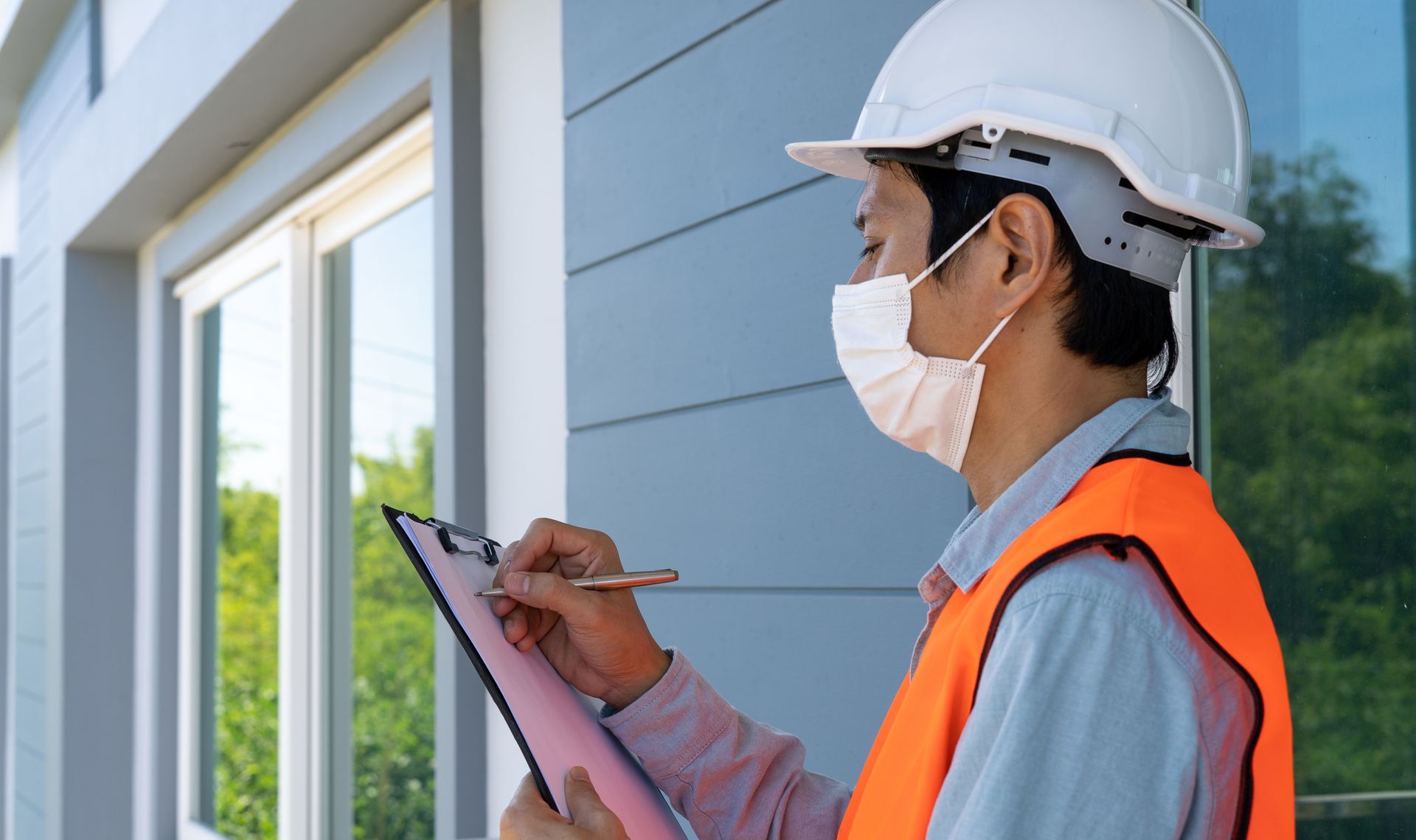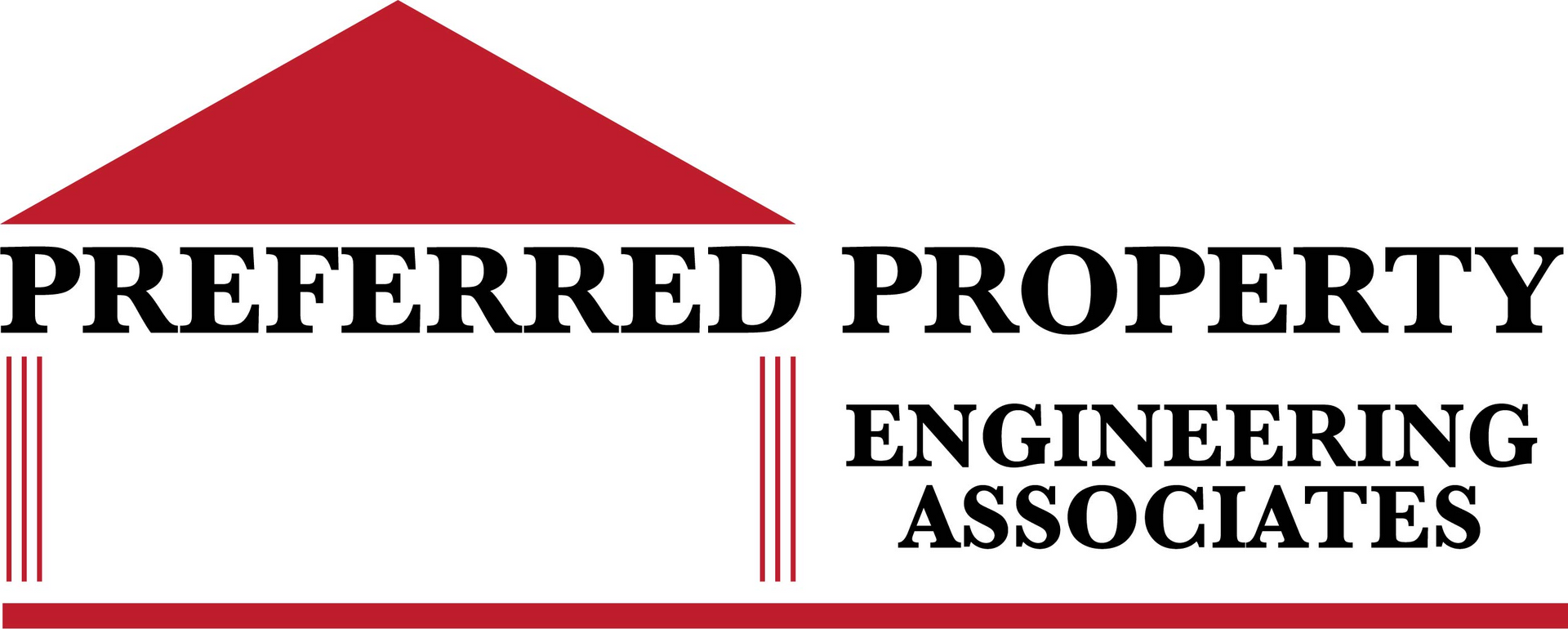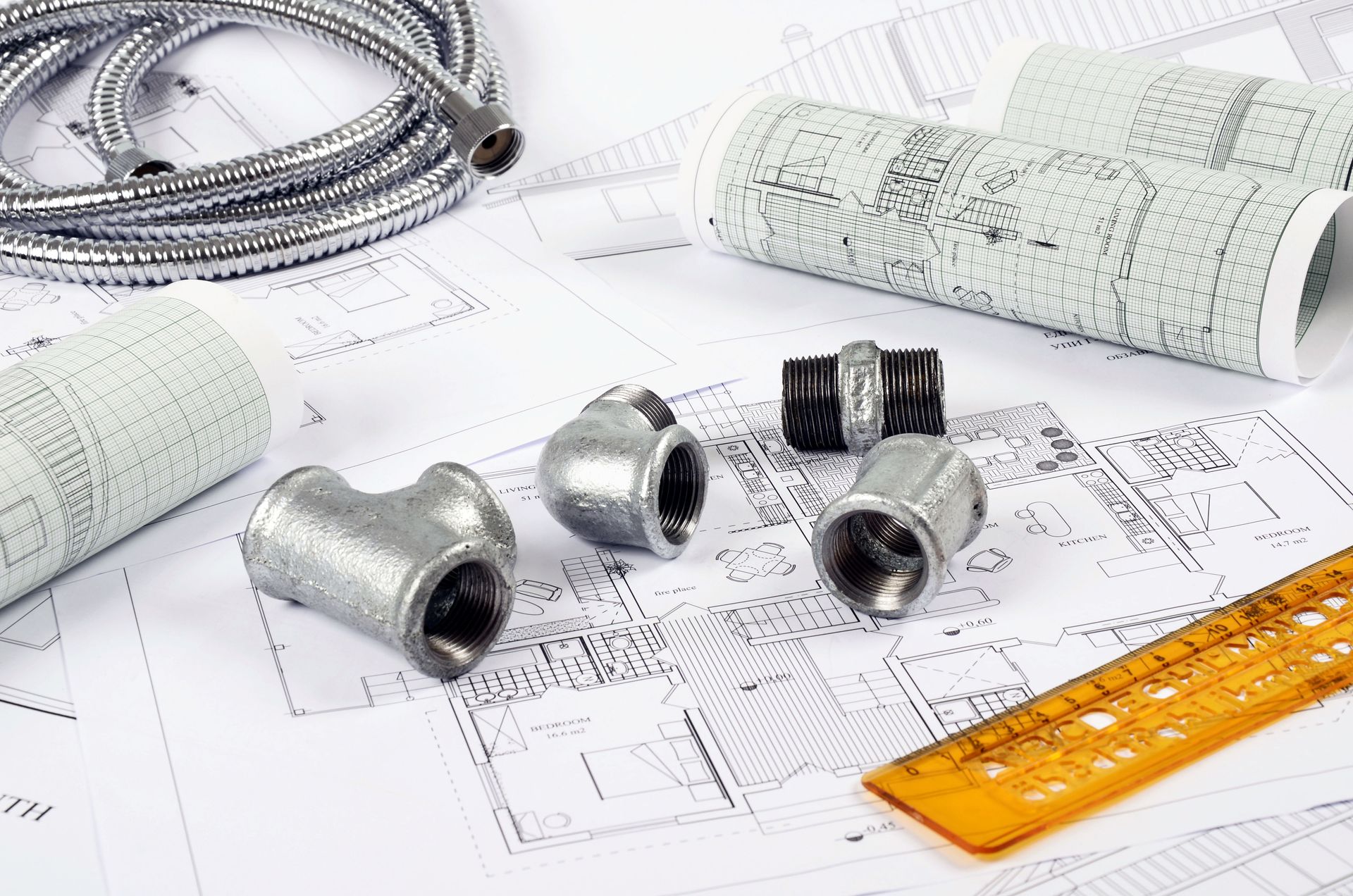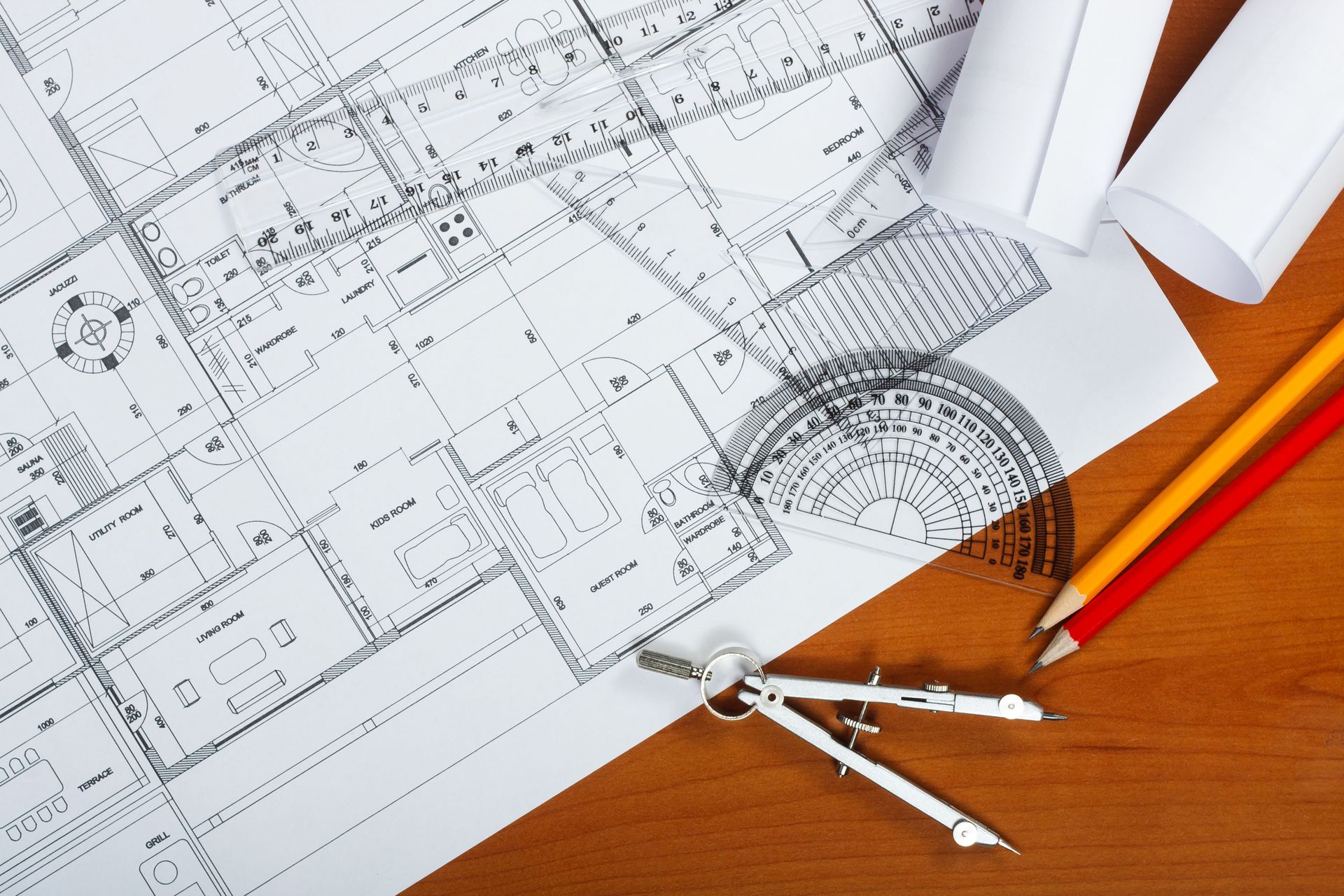5 Signs You May Need a Structural Engineer to Inspect Your Home
Maintaining the structural integrity of a home is crucial to ensure the safety and stability of its occupants. Ignoring signs of structural distress can lead to catastrophic failures, sometimes resulting in significant financial losses and, in worst-case scenarios, endangering lives. Over time, a house may show signs that suggest underlying problems that could compromise its structural soundness. The role of a structural engineer is vital in these situations as they have the expertise to evaluate and address any structural issues. Structural engineers provide a thorough assessment of potential hazards and recommend solutions to enhance the longevity and safety of your home.
A structural engineer's evaluation can prevent minor issues from becoming major problems, ensuring your home remains a secure and comfortable environment. Their assessment goes beyond superficial inspections, focusing on the fundamental elements that contribute to your home's overall integrity. The increasing complexity of homes and construction techniques also demands specialized knowledge to address potential structural concerns. The global engineering services market reflects this necessity, with an expected annual growth rate of 7.6% between 2024 and 2034, according to Fact.MR, highlighting the growing demand for professional engineering expertise. Therefore, understanding the signs that warrant a structural engineer's inspection is beneficial for every homeowner.
1. Cracked Walls, Ceilings, and Floors
Cracks appearing in walls, ceilings, and floors are common signs of structural stress that should not be overlooked. Not all cracks are equal; some may be purely aesthetic while others point to more serious structural issues. It is essential to understand the types of cracks, like hairline or diagonal ones, to ascertain their cause. Aesthetic cracks can occur due to natural settling or minor expansion and contraction processes, whereas structural cracks often signal stress resulting from foundational movements or material failures. Consulting with a structural engineer can provide a definitive assessment of these cracks, distinguishing between those that are benign and those that warrant further investigation.
Cracks that are wide or appear suddenly, especially after a significant weather event or nearby construction, are often more concerning. Seasonal cracks, caused by expansion and contraction due to temperature changes, are typically less concerning than those resulting from subsidence or foundational shifts. Understanding the timing and direction of cracks can also offer clues into their origins. For example, vertical cracks can indicate settlement, while horizontal ones may suggest lateral pressure. A professional evaluation by a structural engineer can accurately diagnose the source, thus preventing potential escalation of structural problems down the line.
2. Uneven or Sagging Floors
Uneven or sagging floors are another significant indication of possible structural problems within a home. Floor sagging often stems from issues such as deterioration of the supporting structure or foundational concerns affecting the load-bearing capacity. It is important to examine such abnormalities closely, as they may point to larger underlying issues. The presence of moisture can further exacerbate structural damage, weakening joists and beams that support the floor. Understanding the causes of sagging through professional assessment can help determine the most effective approach to restoration.
The condition of joists and beams is integral to the support structure of floors. Deterioration or damage to these components can lead to instability and further floor sagging. Visible cues may include creaking, uneven surfaces, or noticeable gaps between the floor and baseboards. Engaging a structural engineer to evaluate these components is crucial in accurately diagnosing the root cause of the problem. Their expertise ensures that the entire structural framework is assessed, allowing for comprehensive interventions that go beyond merely cosmetic repairs.
3. Stuck or Difficult to Close Doors and Windows
Doors and windows that stick or won't close properly are common signals of structural movement within a building. These difficulties might arise due to frames that have warped due to shifts in the structure's foundation. As the building settles, the aligning framework that supports doors and windows can become misaligned, leading to these operational challenges. While sometimes temperature and humidity can affect the functionality of doors and windows, persistent sticking is often indicative of deeper structural concerns. Regular inspection by a structural engineer can identify whether these problems are a result of structural movements.
Warped frames can result from both environmental effects and structural shifts, making it essential to determine their root cause. A structural assessment can differentiate between normal seasonal swelling and deformations resulting from foundational issues. Analyzing the relationship between improperly functioning doors and windows and possible structural movement involves understanding material behavior in varying conditions. This assessment helps in determining whether the difficulty in operation is merely a functional inconvenience or a sign of structural distress. A structural engineer can provide both a diagnostic evaluation and recommendations for corrective action as needed.
4. Visible Water Damage and Mold
Visible water damage and the presence of mold signal potential threats to a building's structural integrity. Water, when not properly managed, can lead to deterioration in materials like wood and drywall, while promoting conditions conducive to mold growth. Mold growth is often a symptom of prolonged moisture exposure, which could stem from leaks or inadequate waterproofing. Addressing the moisture issue at its source is crucial in preventing further structural degradation. Structural engineers can help determine both the cause and extent of water-related damage and offer solutions for effective management.
The cause of water damage, whether from plumbing, roofing, or drainage issues, needs to be accurately identified to effectuate proper remediation. Moisture seeping into the building's structure can weaken load-bearing elements, thereby compromising the entire structure's stability. A detailed analysis of moisture sources, backed by expertise from structural engineers, ensures comprehensive resolution of such challenges. This approach not only mitigates immediate threats but also prevents long-term structural integrity loss. Proactive assessments and interventions are crucial to maintaining a building's health and longevity, especially in moisture-prone environments.
5. Cracked or Shifting Foundation
Shifting or cracks in a foundation are significant red flags indicating possible structural compromise within a home. Such problems can arise from various factors, including soil movement, moisture variation, and inadequate construction techniques. Identifying early signs of foundation issues is crucial in preventing further deterioration. These signs might include visible cracks in the foundation, uneven floors, or misaligned doors and windows. Engaging a structural engineer is imperative to diagnosing the specific causes and effects of foundation shifts, allowing for timely interventions.
There are different types of foundation cracks, each revealing unique insights into potential problems. Vertical cracks may indicate settling, while horizontal ones can suggest lateral pressure from soil. Understanding the nature of these cracks helps in determining the appropriate response to preserve structural integrity. A structural inspection can discern between minor cracks that need monitoring and more severe ones requiring immediate remediation. It is essential to investigate these cracks thoroughly to ensure the existing structural framework remains safe and functional.
Recognizing the early signs of structural distress in a home is crucial in preventing potential safety hazards and costly repairs. The role of a structural engineer is indispensable in evaluating and addressing these signs effectively. Their expertise helps maintain the integrity of the home's structure, protecting its value and ensuring occupant safety. With the global engineering services market expected to grow significantly, the demand for such professional services underscores their importance in modern-day home management. Proactive maintenance and timely inspections are key practices that preserve the structural health and longevity of any residence. If you're searching for a reliable structural engineer, look no further than Preferred Property Engineering Associates. Contact our team today to learn more!




Share On: